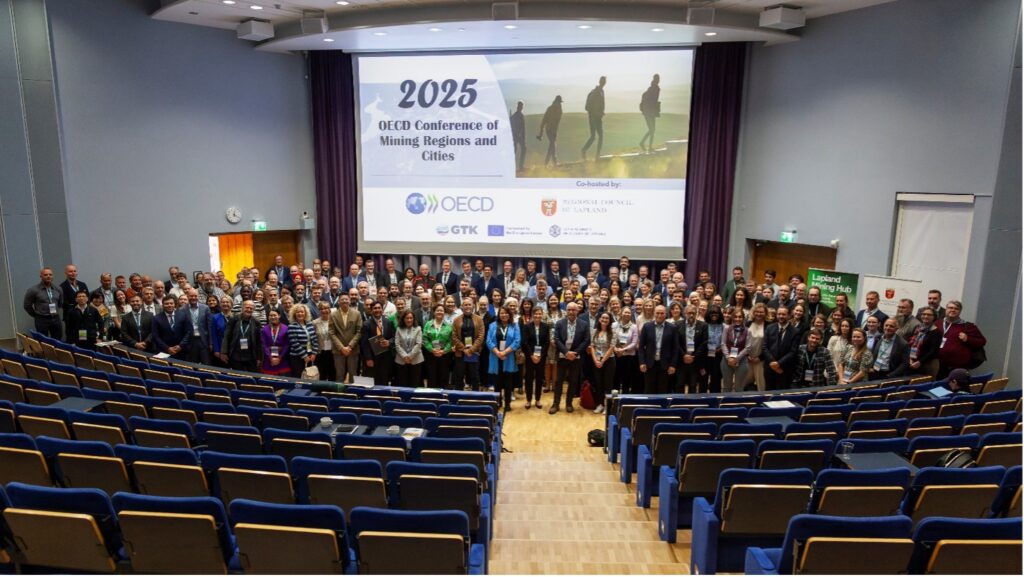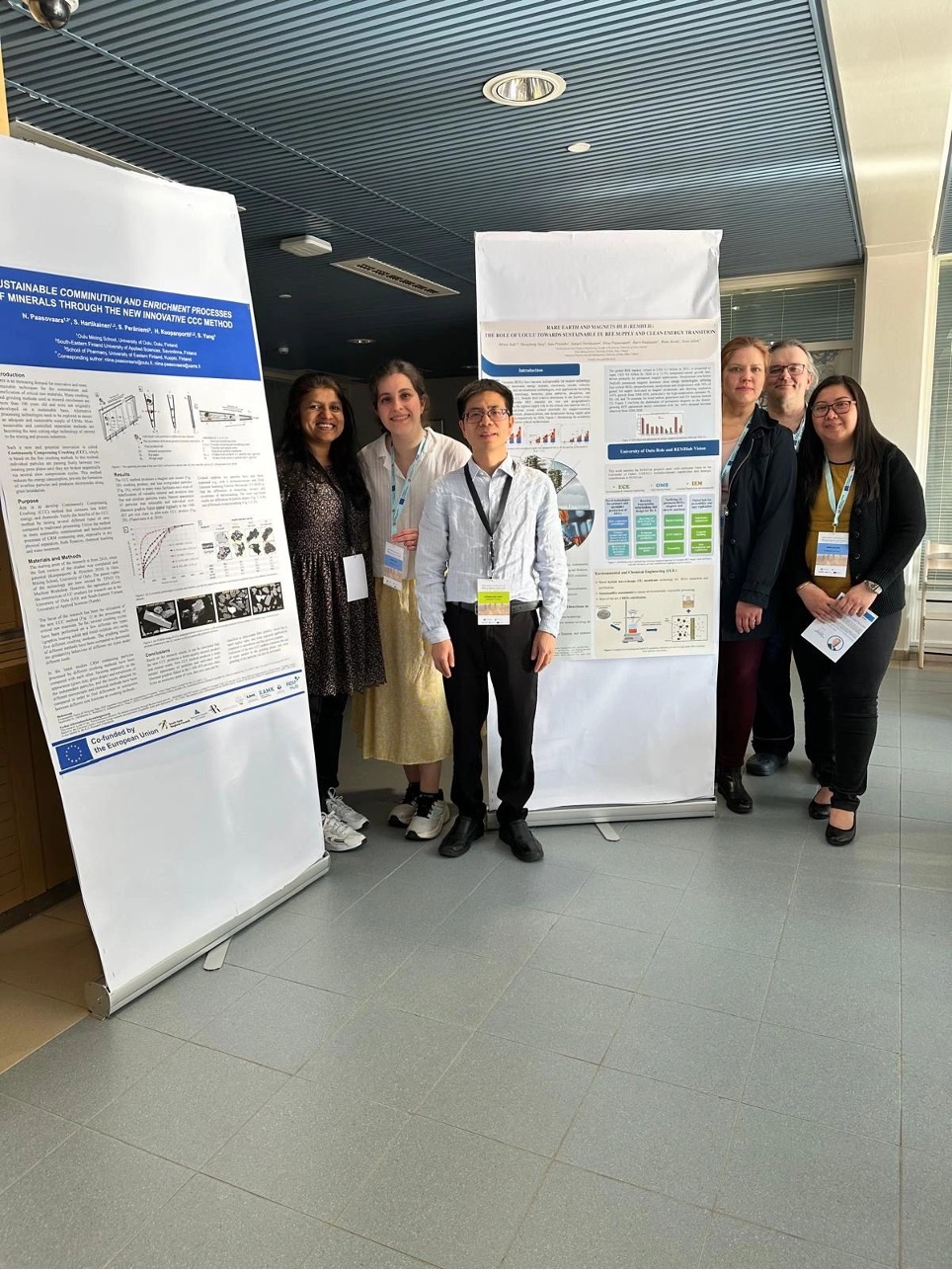
As the world accelerates toward a green and digital future, the demand for critical minerals is surging. But how can mining—often viewed as environmentally and socially contentious—be transformed into a force for sustainable development?
That question was at the heart of the 2025 OECD Conference of Mining Regions and Cities, held from June 16–18 in Rovaniemi, Finland. The OECD Conference of Mining Regions and Cities is a flagship event that brings together regional leaders, researchers, and industry experts to share strategies for sustainable mining. Hosted in Lapland’s mining and innovation hub, the conference brought together global stakeholders including policymakers, researchers, Indigenous leaders, and industry innovators to explore how mining regions can support the green transition through innovation, community engagement, and sustainable practices and to explore how mining regions can lead the way in responsible resource development.
The conference was structured around two key themes:
1. Building Trust and Community Participation
Mining projects often face resistance due to environmental concerns, legacy issues, and lack of transparency. The conference emphasized:
2. Advancing subnational research and innovation for sustainable mining practices
With the green transition in mind, the second pillar focused on:
From Conflict to Collaboration : A recurring theme was the importance of the social license to operate (SLO). Without community trust, even the most technically sound projects can stall. Case studies from Finland, Sweden, Canada, and Chile showed how early dialogue, co-governance, and transparency can turn opposition into partnership.
Innovation in Action : Several EU-funded projects showcased the future of mining including :
The REMHub project funded by Horizon Europe program was actively represented at the 2025 OECD Conference of Mining Regions and Cities. As part of the broader poster session, the REMHub project was represented by researchers from the University of Oulu: Nora Jullok, Niina Paasovaara, Samuel Hartikainen, Minoo Yadi, and Shenghong Yang. Their posters showcased research on sustainable comminution and beneficiation processes including continuously compressing Crushing method , a novel technique focused on improving mineral liberation and reducing energy consumption as well as rare earth element recovery using membranes and other sustainable technologies developed in the REMHub project.

The REMHub team actively engaged with conference attendees, sharing insights and discussing the project’s role in building a resilient and traceable REE supply chain in Europe.
In addition to the poster session, REMHub was also featured in the GeoInnovation side event titled “Innovation Network on More Sustainable Mining Technologies”, hosted by the Geological Survey of Finland (GTK). This GeoInnovation session brought together leading projects and experts to exchange ideas on cutting-edge technologies and collaborative strategies for responsible mining. The session also highlighted collaborative efforts across Europe to develop and deploy advanced technologies for responsible mining. REMHub’s participation underscored its contribution to advancing sustainable innovation across the mining value chain to support the implementation of EU’s Critical Raw Materials Act (CRMA) and broader resilience goals.
As the conference closed, speakers emphasized that mining regions are not just resource providers—they are innovation hubs, cultural stewards, and climate allies. With the right policies, partnerships, and technologies, mining can be a cornerstone of a just and sustainable transition. The 2025 OECD Conference in Rovaniemi wasn’t just about mining—it was about reimagining what mining can be. From underground robots to community roundtables the future of mining is being shaped not just by what we extract, but by how we connect, innovate, and care. REMHub project is happy to contribute to the EU resilience in rare earths with the project activities.
Interested in seeing the REMHub team in action? Follow our LinkedIn page for updates on the project